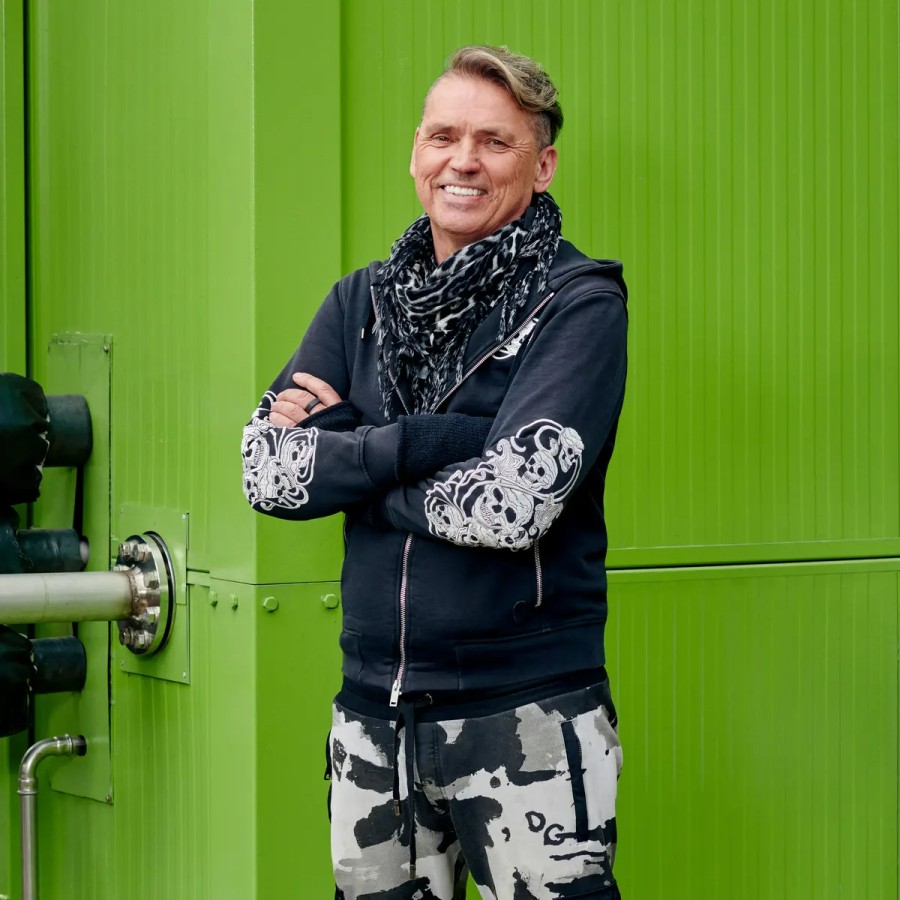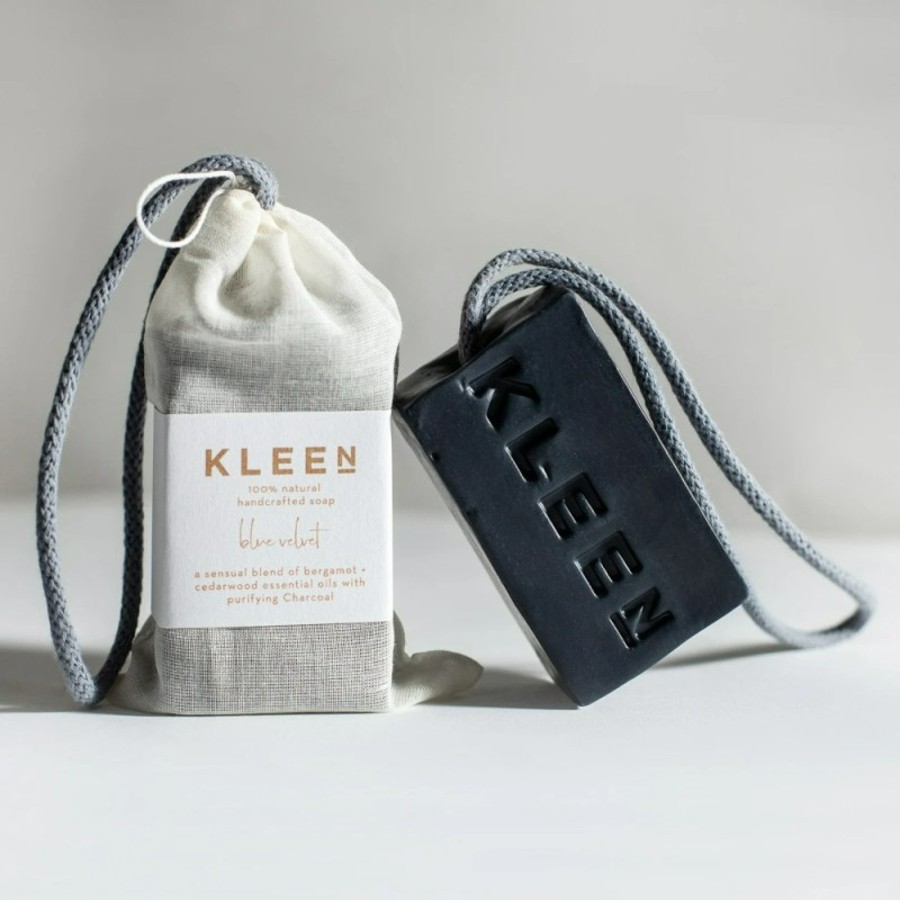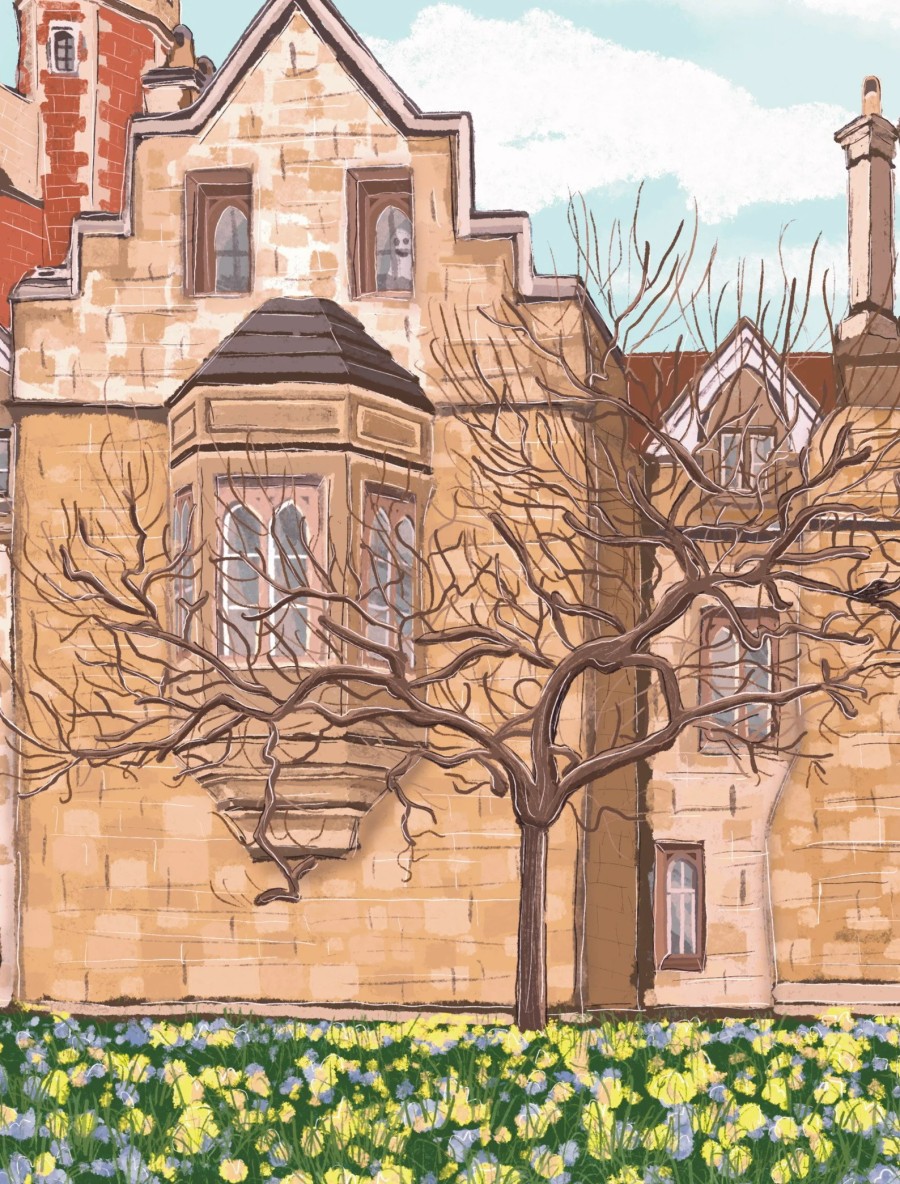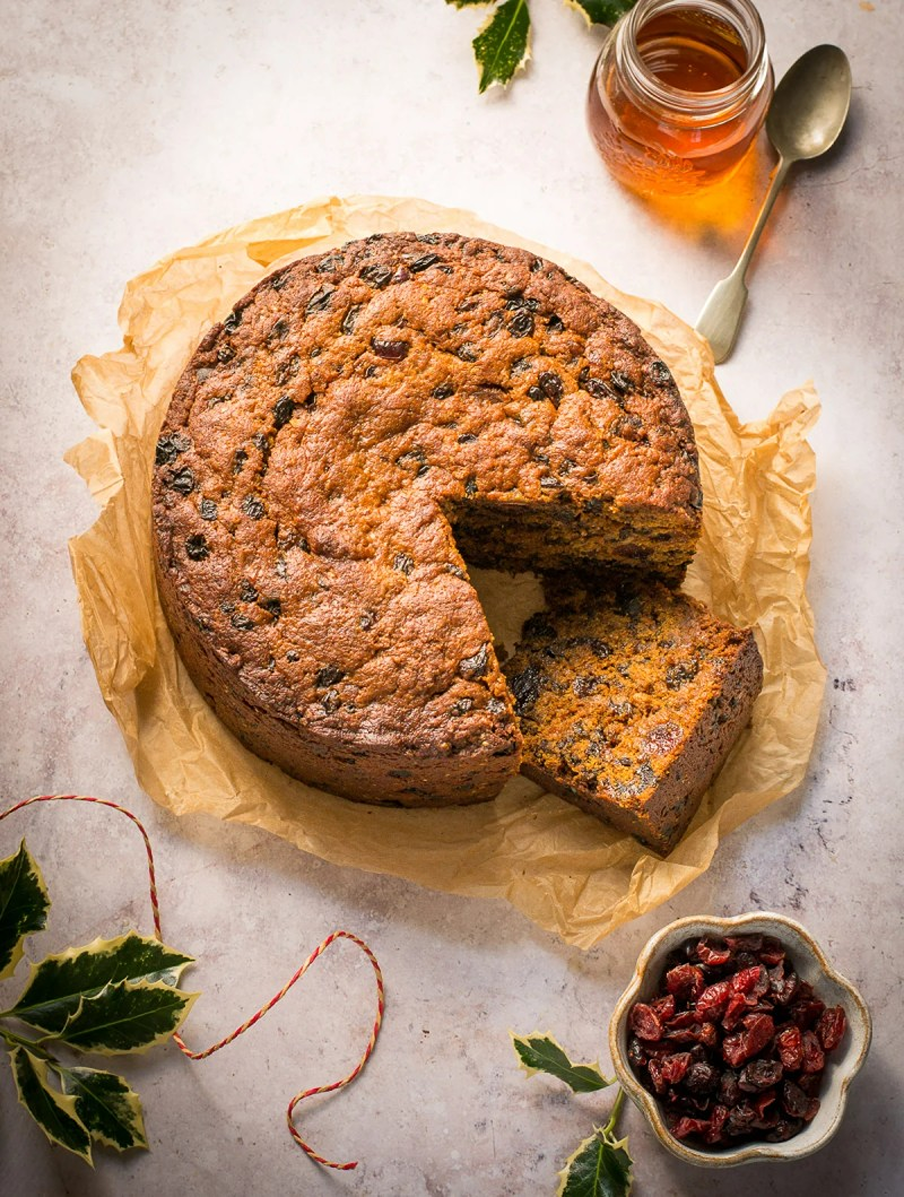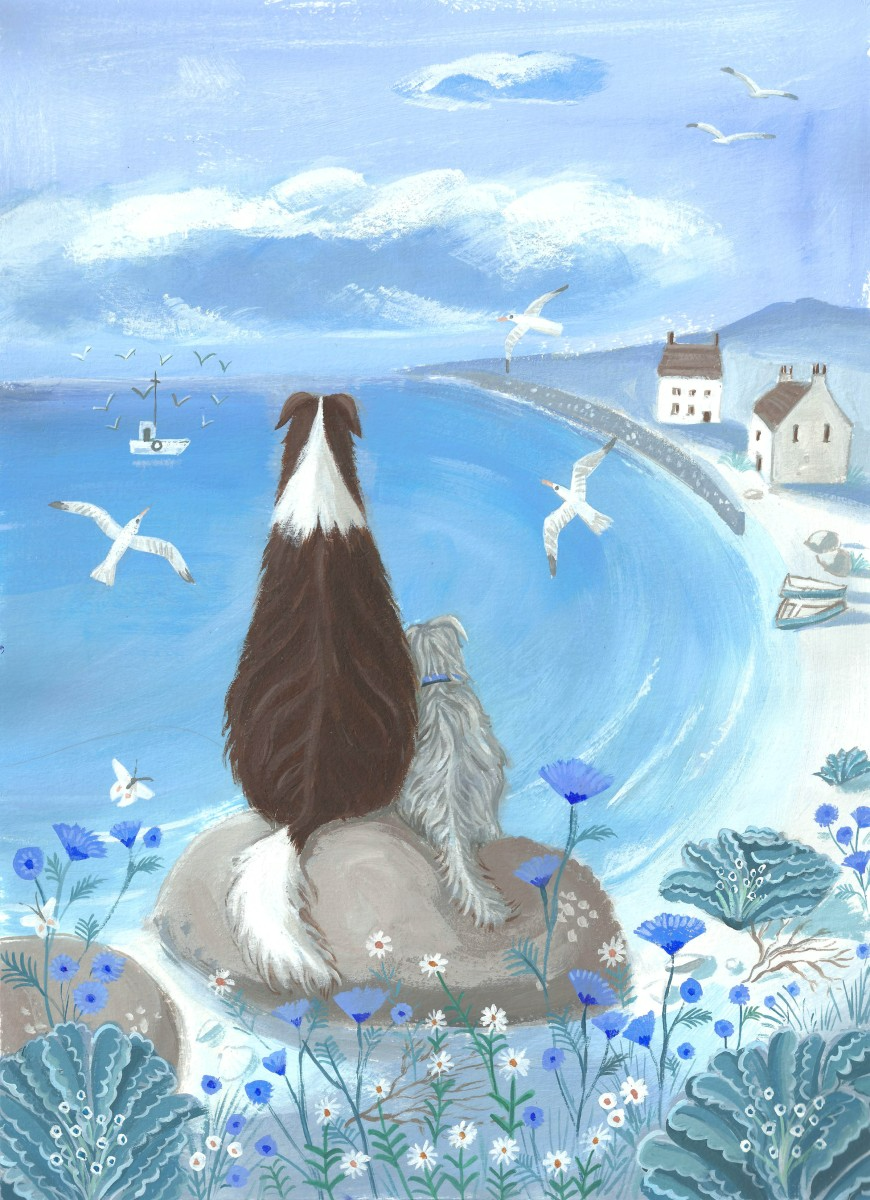
Puffins are one of Iceland’s most common seabirds, and there are also thousands of puffins in England, most congregate in colonies managed by RSPB and other local organisations. The best places to see them are Northumberland (including the Farne Islands and Coquet Island – both uninhabited by humans apart from wardens) and North Yorkshire. Also called ‘sea parrots’, their beaks are dark grey and only change to bright orange during the mating season. They spend most time at sea, coming ashore to raise ‘pufflings’ who live in burrows underground.
Puffins dive for around 30 seconds at a time, using their wings to ‘fly through the water’. There are four types of puffin. The main one found in England is the Atlantic Puffin, which is the smallest. The three other breeds are horned puffins (with yellow bills), tufted puffins (larger with a crown of straw-coloured feathers) and rhinoceros auklet (looks completely different, but is still a relative).
Despite their comical appearance, our pretty puffin friends are in serious decline, due to climate change. This is mostly due to sandeels and other fish being less available due to over-fishing and rising sea temperatures, which means puffins have to dive deeper to find food. The North Sea fishes thousands of tonnes of small fish, and this means fewer puffins breeding, so less chicks. Other seabirds affected the same include gannets, kittiwakes, guillemots and razorbills. Other risks to puffins include oil spills and sea pollution, freak weather (storms), bird flu and even rat invasions on chicks and eggs.
Most puffins lay one egg yearly with the same lifelong mate, then spend six weeks keeping the egg warm, until hatching into tiny ‘pufflings’ which again must live on lots of oily fish, in order to survive. The best ways we can help puffins are to eat less fish, keep our beaches clean and free from oil spills, reduce our carbon footprint anad choose biodegradable beauty and household products (and choose natural fabrics that don’t leach microplastics out of washing machines). Email the Icelandic Prime Minister to stop puffin hunting for meat.
The SOS Puffin Project is run by Scottish Seabird Trust, helping to save a colony near Berwick (just over the border). Numbers crashed from 10,000 pairs to less than a thousand, due to a giant invasive plant which spread to nearby islands, mostly due to mild winters caused by climate change. This prevented puffins from nesting and rearing their young. Volunteers have made regular trips over the years to cut down the tree mallow, to help restore numbers.
Farewell Mr Puffin is by a man who set sail from the east coast bound for Iceland, with a desire to breathe the cool clear air of the high latitudes. But as he sails along the Yorkshire coast to the Arctic Circle, there is one thing missing from his voyage. As he does not see puffins appear off the Farne Islands nor on Scotland’s Orkney Islands) and then fails to see puffins in Iceland, he wonders why.
moves to ban sandeel fishing for puffins
Those silvery fish you often see in mouths of puffins are sandeels. Defra is presently consulting on whether to ban industrial sandeel fishing within UK waters, to protect these endangered seabirds. If passed, this act would also protect kittiwakes and razorbills. Sandeels are small fish (that look a bit like eels) that are fished by humans, but provide important food to seabirds, haddock, whiting, seals and whales. The director of conservation for RSPB says a ban on industrial trawling for sandeels would ‘throw our threatened seabirds a lifeline, in the face of mounting pressures in our seas’. Especially in the wake of bird flu and planned off-shore energy projects.

